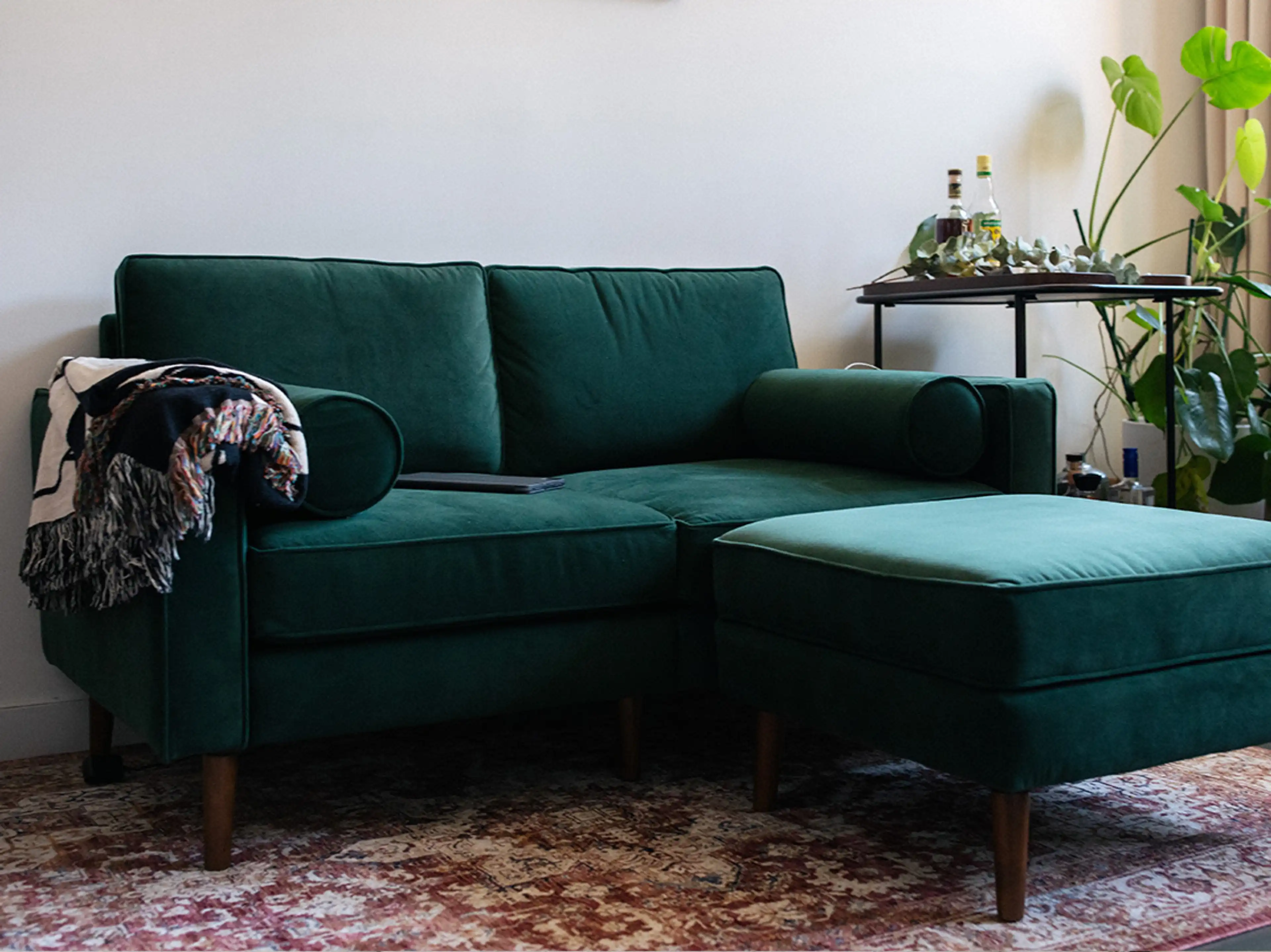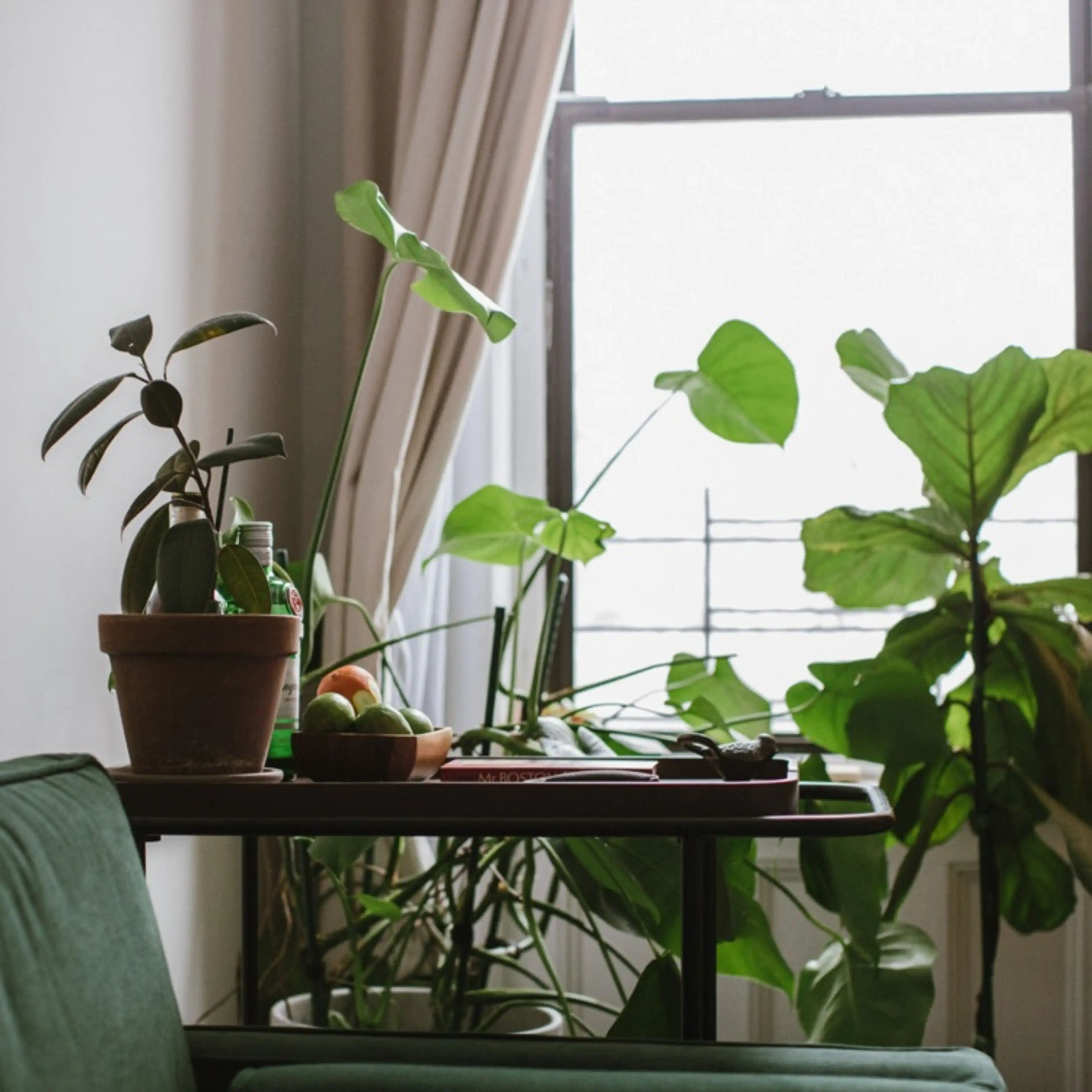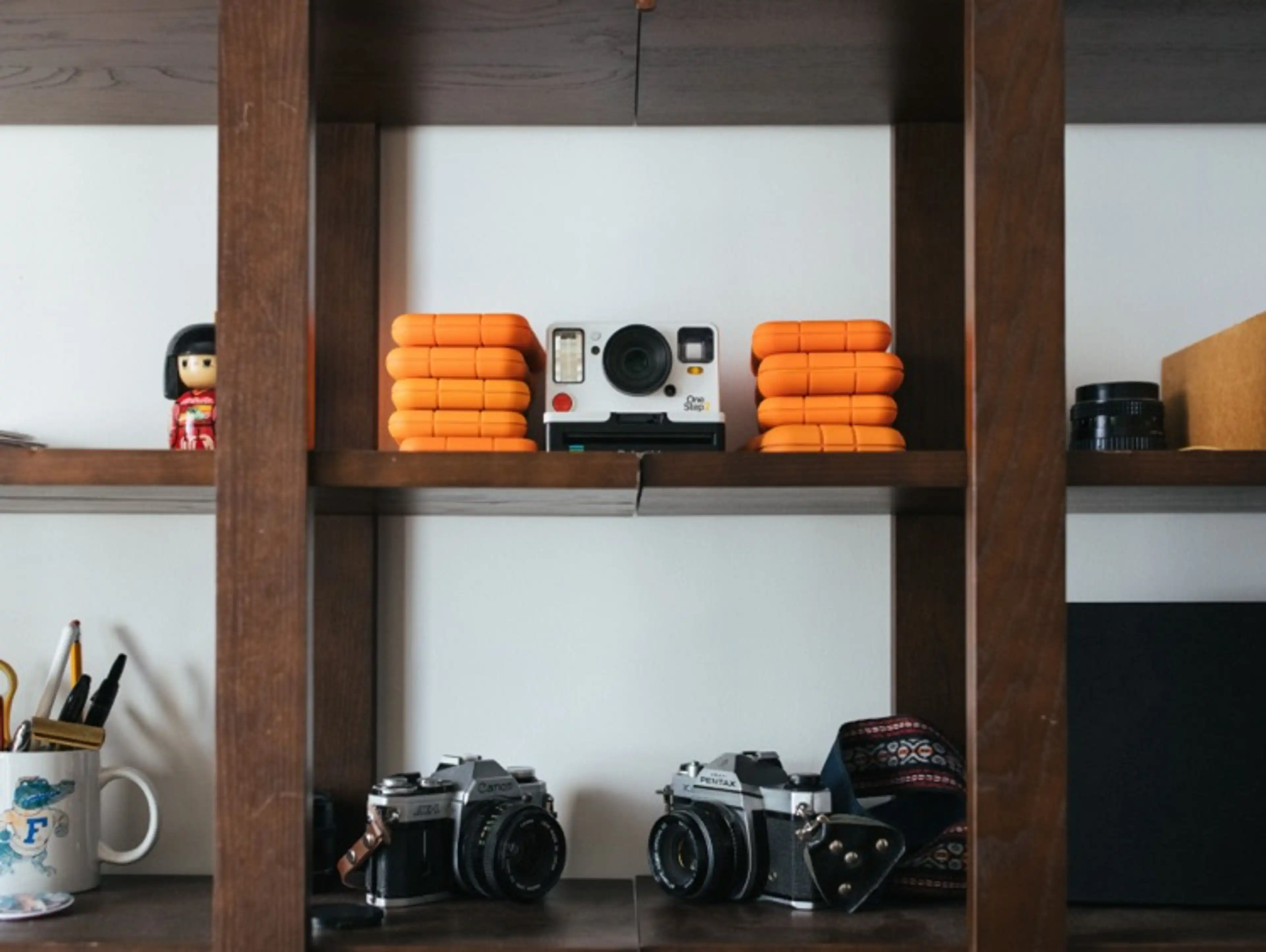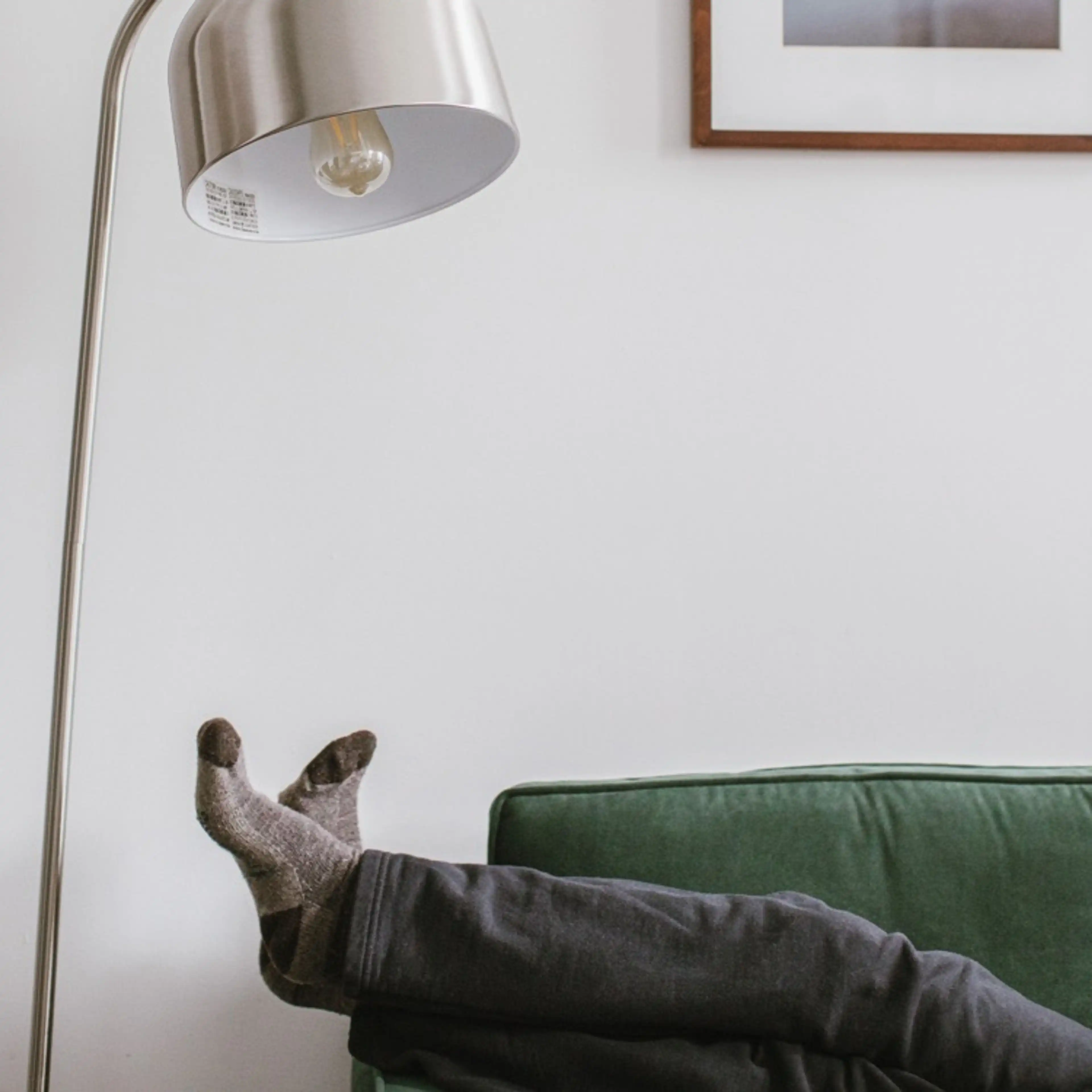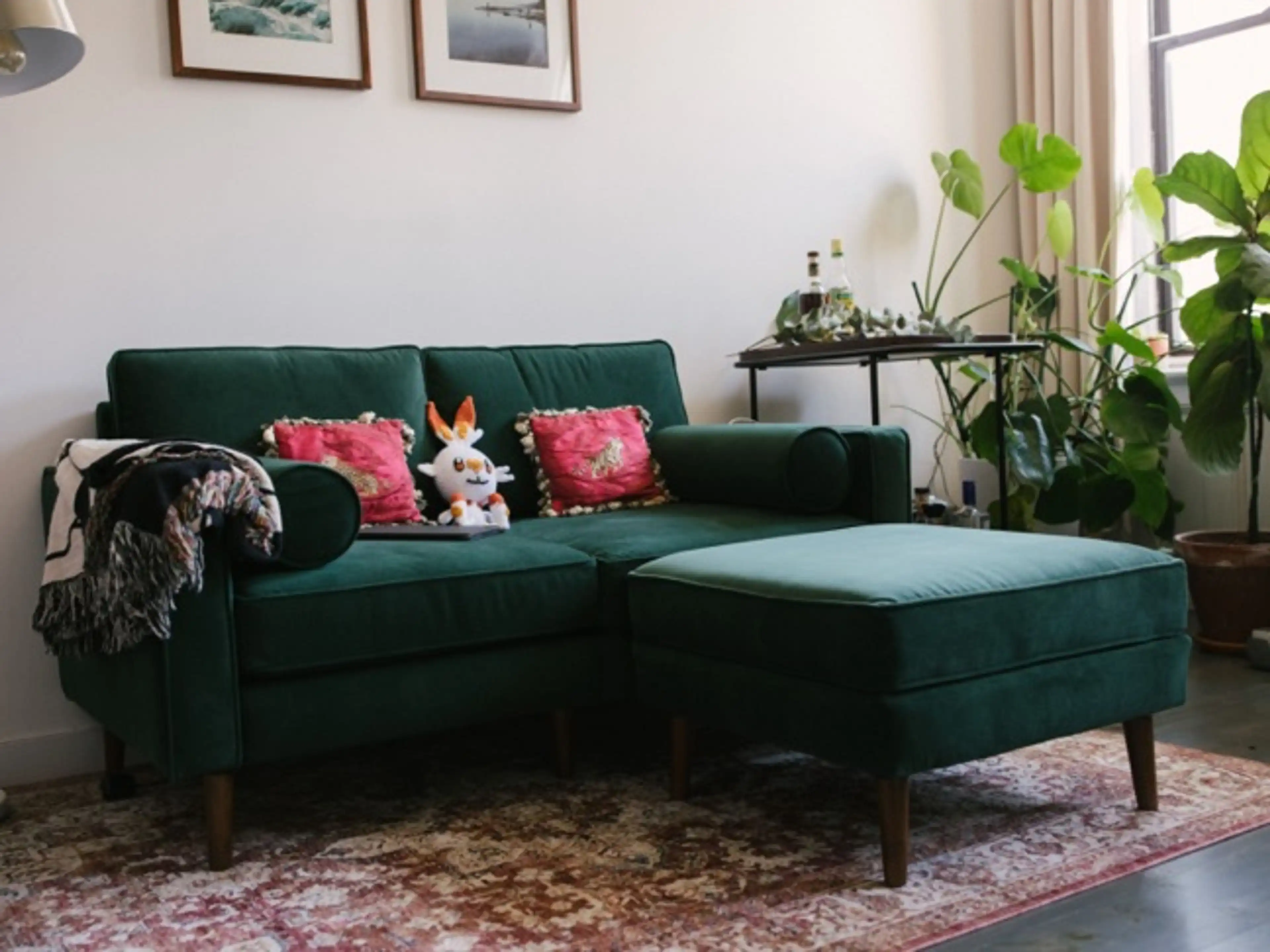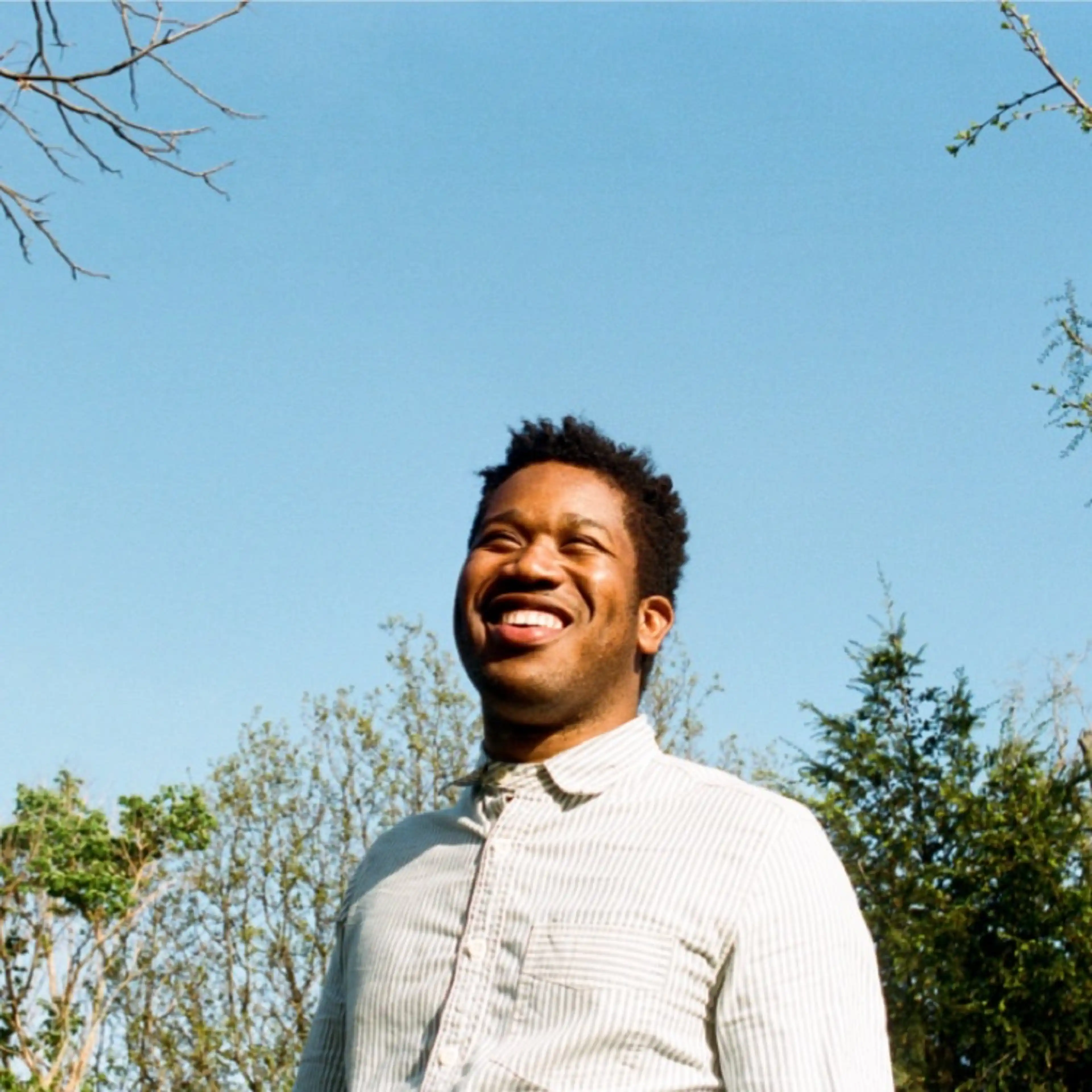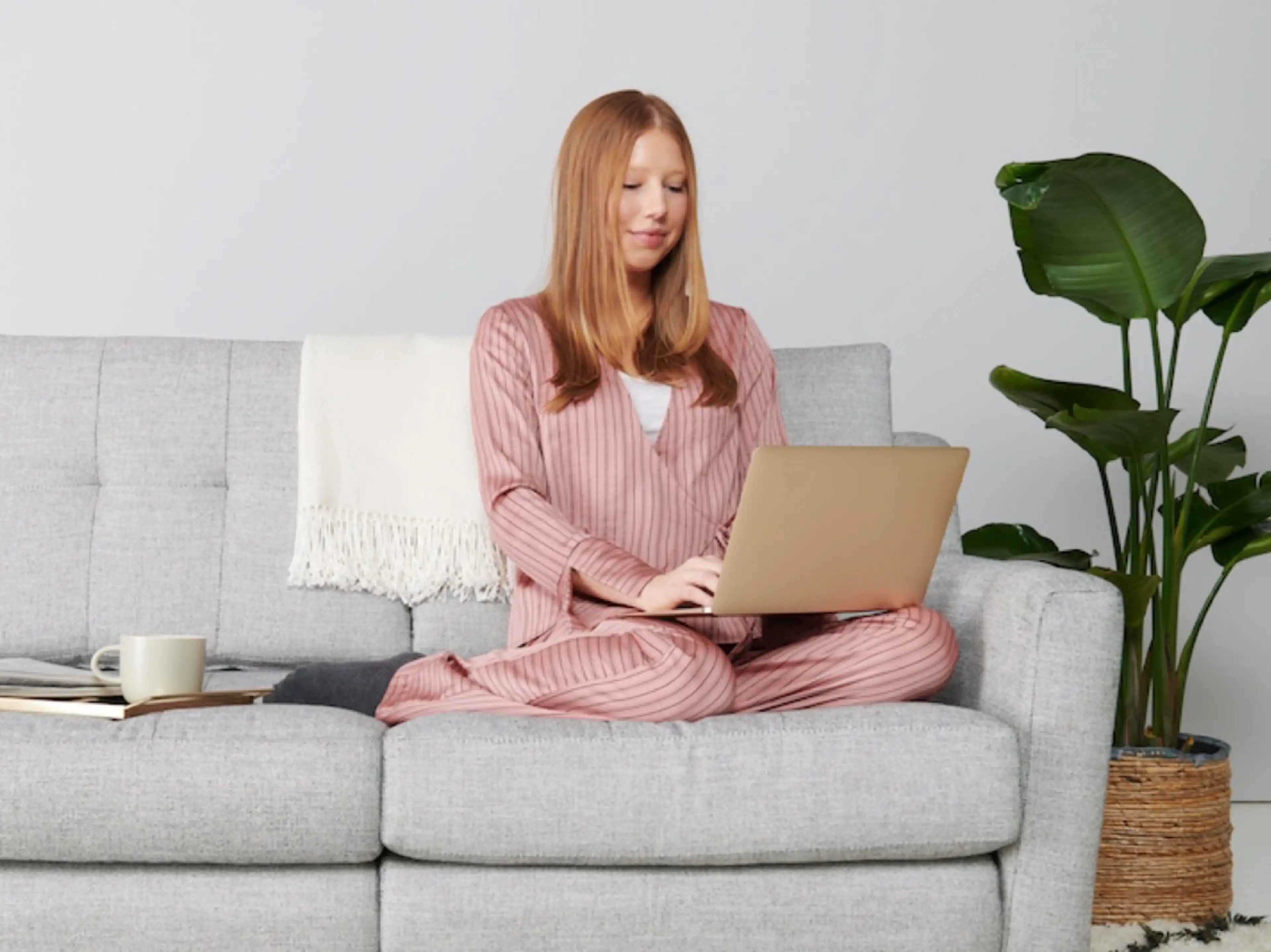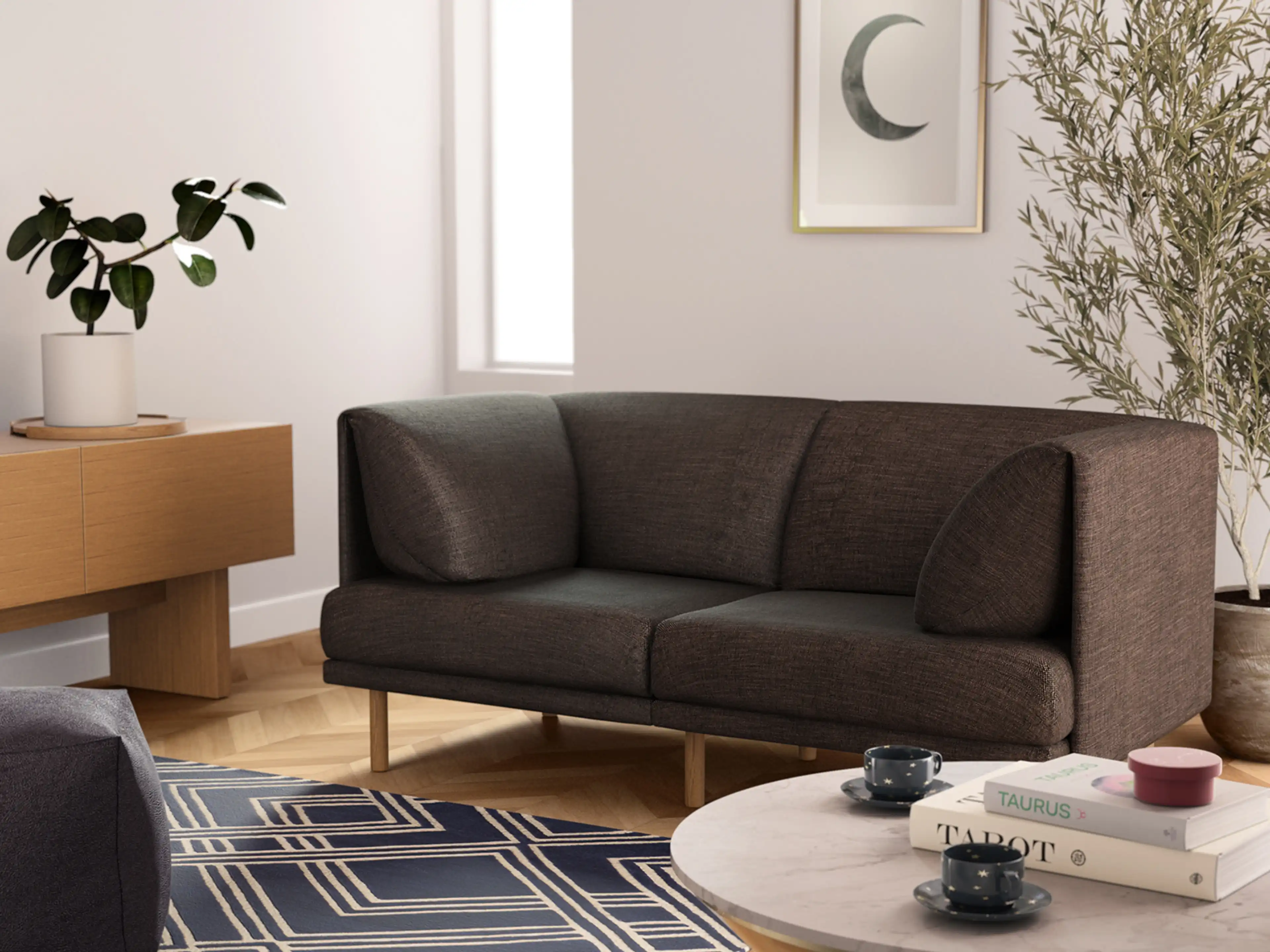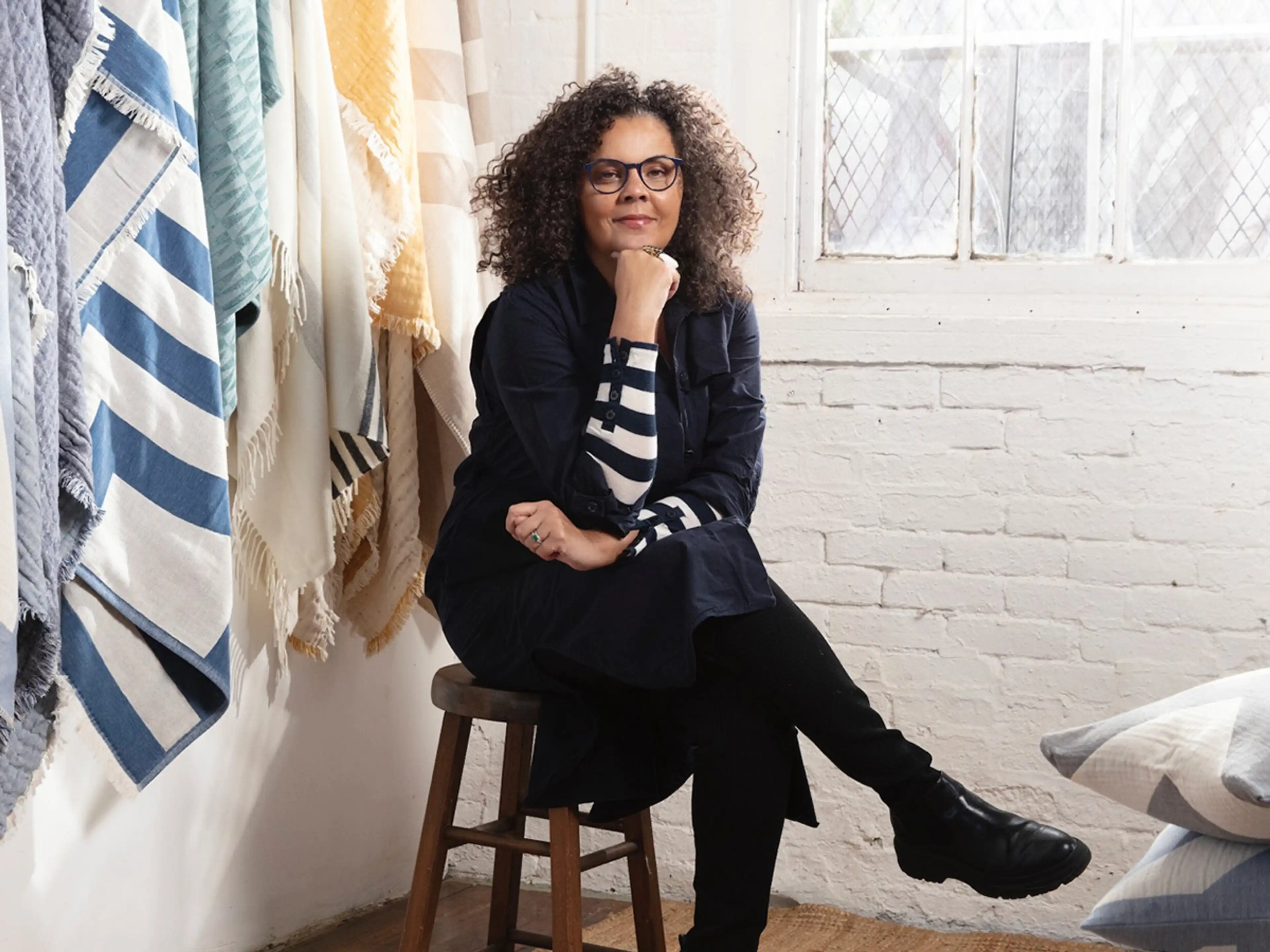In Conversation with Aundre Larrow | Burrow
Cart
0 items
Your cart is currently empty
Stories, updates, and interviews from Burrow
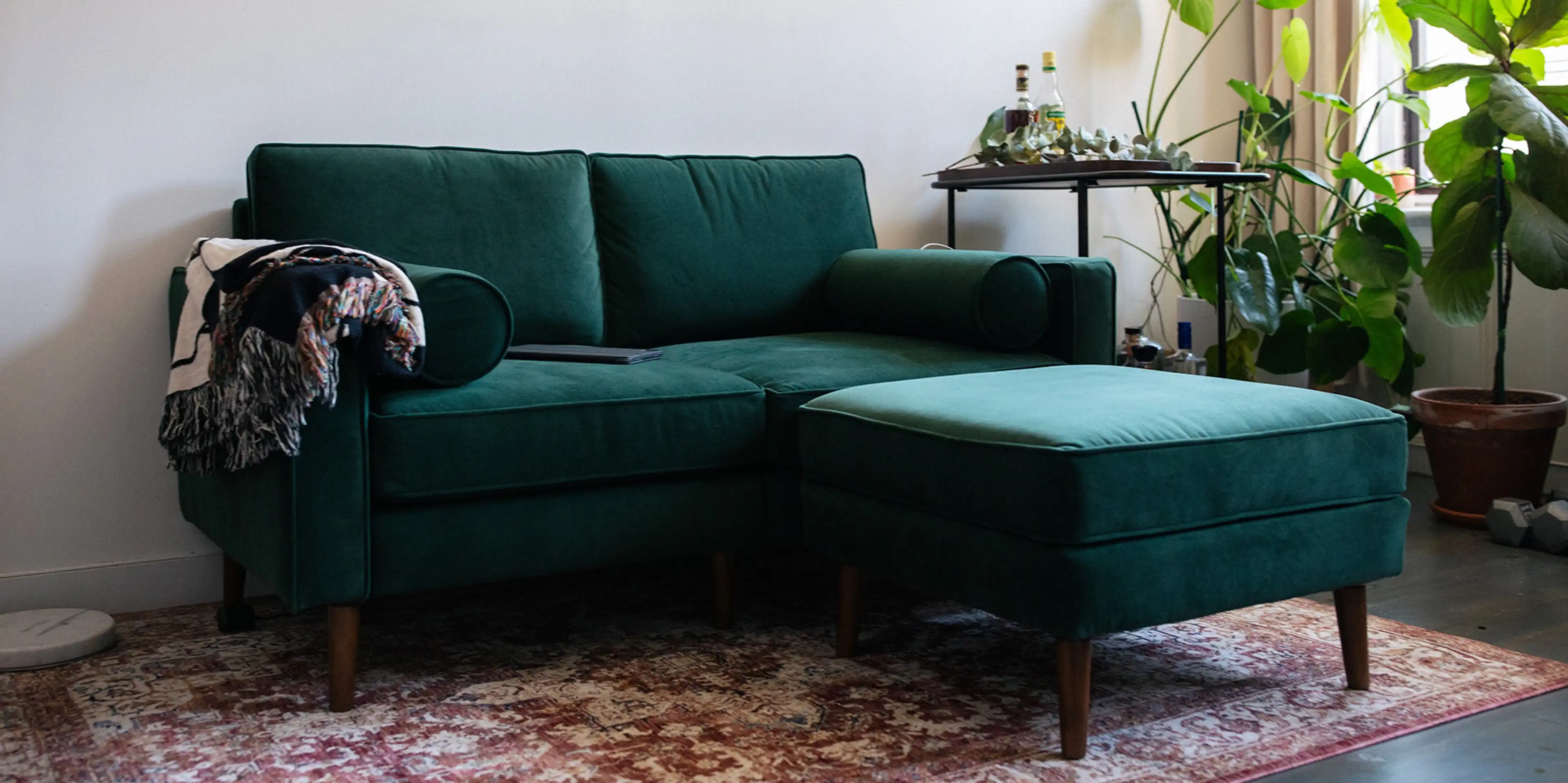
In Conversation with Aundre Larrow
On growing up in Florida
I grew up in Fort Lauderdale, Florida — North Lauderdale, to be exact, shout out to Boom City. But yeah, South Florida. I grew up in a neighborhood that’s very Caribbean. My parents are Jamaican and I was born in University Hospital in Kingston, and moved to America when I was three years old. So, I grew up in Fort Lauderdale and stayed until I went to the University of Florida for college.
On not moving to New York
From sophomore year on, some of the people I was working with at the student newspaper were getting bigger New York internships and people were like, ‘oh yeah I can’t wait to move to New York, New York this, New York that.’ And so I was kind of anti-New York for a bit, like, ‘alright, dude, whatever, it doesn’t matter. Moving to New York doesn’t make you cool.’
I actually did an internship in Chicago, the summer of my junior year, which I really loved, honestly. I love Chicago very deeply. That summer was, I think, really important because it helped set the stage for me to live in New York; I learned about what it’s like to live in a city by myself, how to just, you know, get up and get on a train and get to the paper. I had to be self-sufficient.
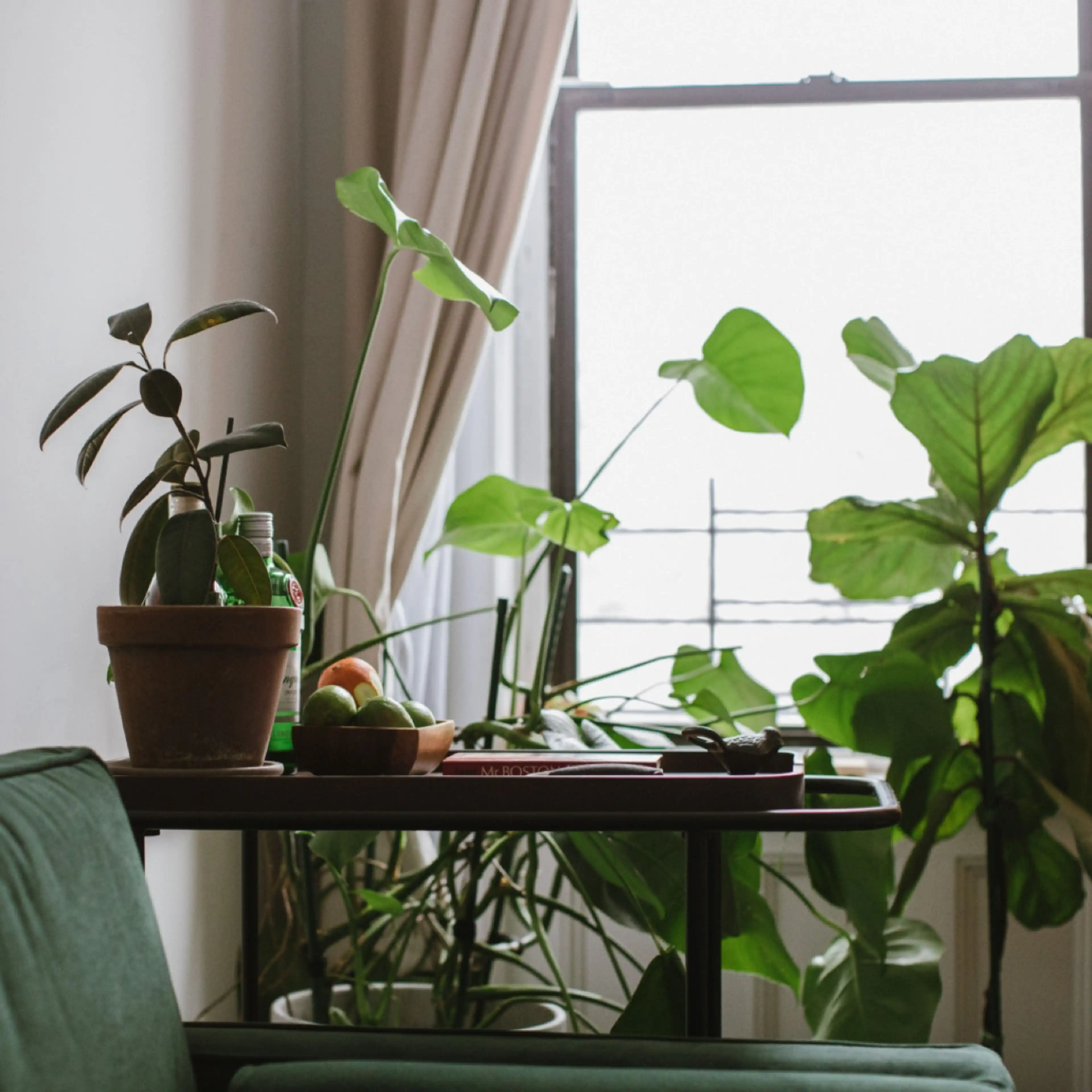
And then, moving to New York
Then in 2013, after I graduated, I was interning for Grooveshark, which started in Gainesville. I don’t know if people remember, but Grooveshark was like, post-Napster, pre-Spotify. During the internship, I got to visit New York to help them film a documentary. I still wasn’t in love with the place, but was excited about the idea of somewhere new with new stakes. I knew a few people, had a place to stay so I just hurried up and left Gainesville. I didn’t really know what I wanted to do next, I just knew I had to go. So I moved in with my uncle in Flushing and found work taking photos of apartments for a real estate firm and social media photos for just about anyone who would have me.
On getting out of photojournalism and learning new things
I had been working around the city, assisting at Men’s Fitness and temping at places and just working for random companies to do their social media, taking pictures for a few hours, just trying to figure it out. And then I emailed Walker and Company, kind of out of the blue — I will say, one of Tristan’s best qualities, the man sees everything, replies to everything. But, he emailed me back and introduced me to the Creative Director and we had a meeting like two weeks later, and she was like, ‘why don’t you start taking pictures for our Instagram?’
That was actually super formative for me, realizing for the first time, ‘oh there’s a life outside of doing photojournalism things.’ Which seems like a silly thing to say, but when you’re in school, you get taught that Photoshop is only for levels and sharpening. And if you pose anything, that goes against journalistic integrity. But then Walker and Company hired me again, to do photos of barbershops, and then we did a series of micro stories, and I just started working there, seeing what my photos did. I had a weekly one-on-one with my Creative Director, and I took the time to learn the why behind the work, and how to explain it, and how to prepare. Shout out to Mari Sheibley, the Creative Director — I wouldn’t be the creative I am today without her.
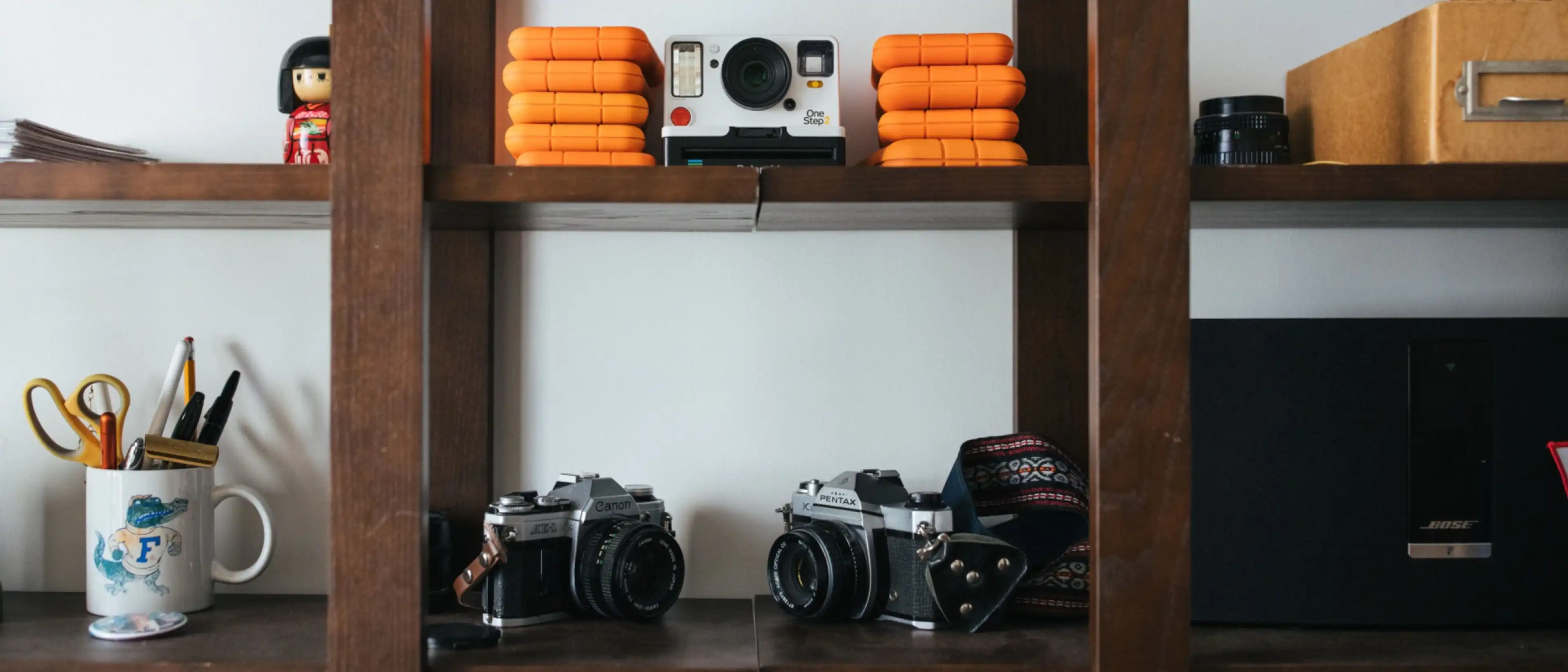
On becoming an Adobe Creative Resident
So, Mari called me into a WeWork office one day, and told me that Walker and Co. wanted everyone to move to San Francisco. And she told me she was going to do something else, and that she didn’t think I should move to San Francisco either. So I decided to just ride out my contract for a few months, and my last project for them was this Valentine’s Day thing featuring gay black men, which unsurprisingly drew some ire from people. But that became a big thing and a month later I got to shoot Fashion Week with Tumblr. And then out of the blue I got an email from Adobe, asking me if I was interested in the Adobe Creative Residency program. So I applied, and a couple months later I was interviewing, and then I was a Creative Resident.
And so it was a really important year for me. It was like shopping at a grocery store when you’re full. I was lucky to get paid and to pursue outside projects, but also I got to meet a lot of people that led to a lot of the projects I did afterward. I had the opportunity to meet people and not worry about having to follow up with them immediately, and hope that they remembered me and hope that they’d hire me, so I could like, stay alive. Working in social media freelance, especially early, you were just a step above being actionably poor.
So, it was a big pivot for me. My main project was Stories From Here, a piece that was originally pitched as an explanation of why we choose to live where we do, what does geography say about who we are. But it really changed into a story about human triumph, and people around the US on why they live where they do, but also who they are and why.
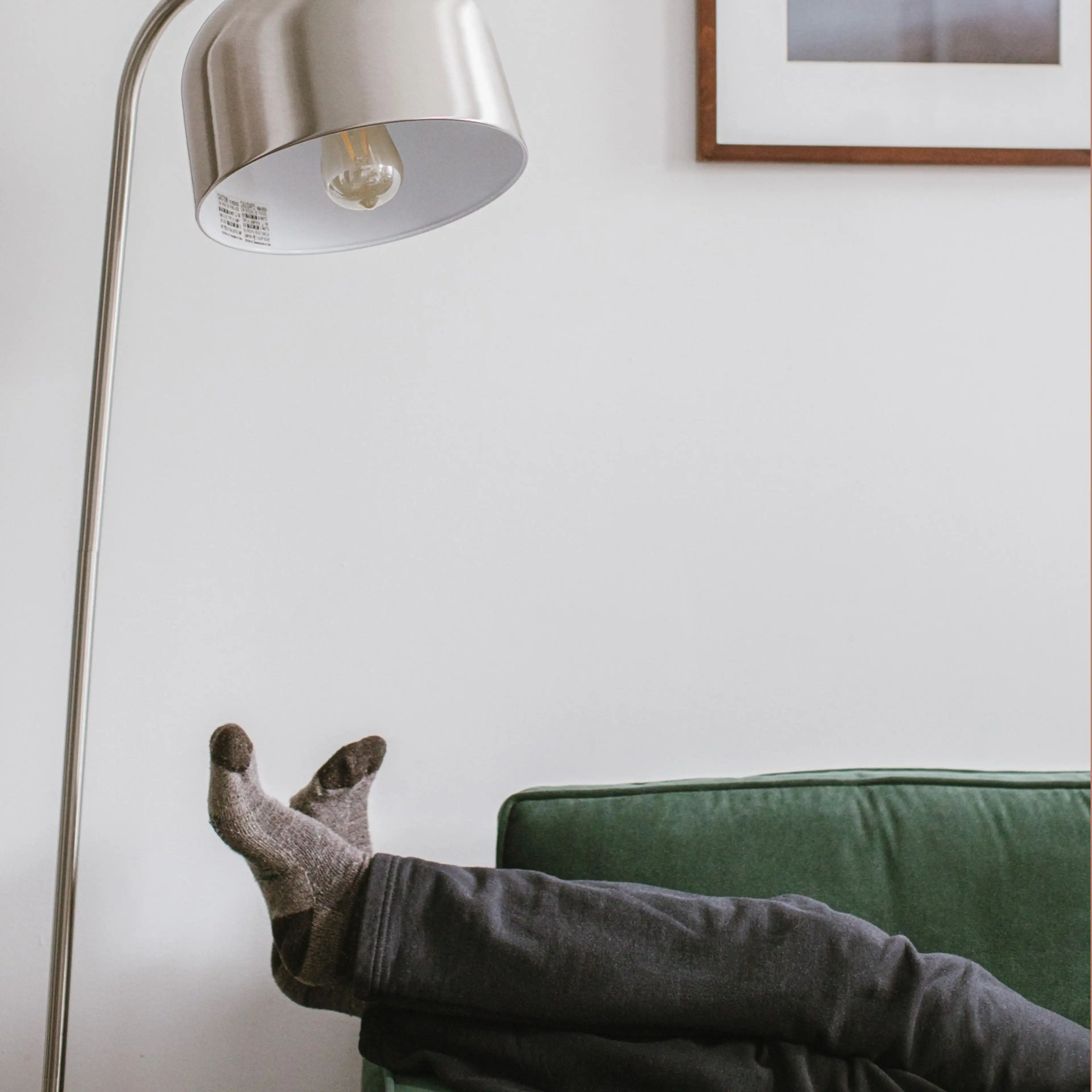
On mentorship
My mom always says you don't really know something until you can teach it to somebody else. And I think part of why these things are important to me is making it obvious to people that these options are available to them. So the mentorship thing is more, ‘how can I make myself available to people, the way other people made themselves available to me?’
On the Black Lives Matter movement and being explicitly anti-racist
I think over the past year, people are realizing how interconnected everything is. All of a sudden you have companies, Burrow and others, that were like, ‘okay, we didn’t actually think what we were doing is racist, but that’s not enough, we need to be anti-racist.’ Even something like shopping for furniture — I remember, last year, I was working in Philadelphia on an episode of W. Kamau Bell’s show, which is one of my favorite jobs I do every year — I was like, ‘what’s up with Rent-a-Center, why would people rent furniture?’ And I learned that it’s because of interest rates. Even when you have good credit, as a Black person you’re given a worse rate. So a lot of times it’s cheaper to rent furniture until you can buy it, essentially “layaway it.” But renting can turn into paying more over time and if you miss a rental payment, you can have your couch repossessed — which means the indignity of a stranger removing your living room furniture on top of court and legal fees. It can result in a form of criminalizing poverty.
I think in general, I've had very sharp tongue with brand partners. And they have been very, very down to listen to what I'm saying. It seems silly, but now if you tell someone, ‘hey, I think you can support your Black photographers or Black people better,’ they're much more likely to listen to you than before. I hope that that energy is sustained, but also much more importantly, I hope it's sustained in how we have empathy in the future, because in theory, we can clean this up in a meaningful way. We're not remotely done.
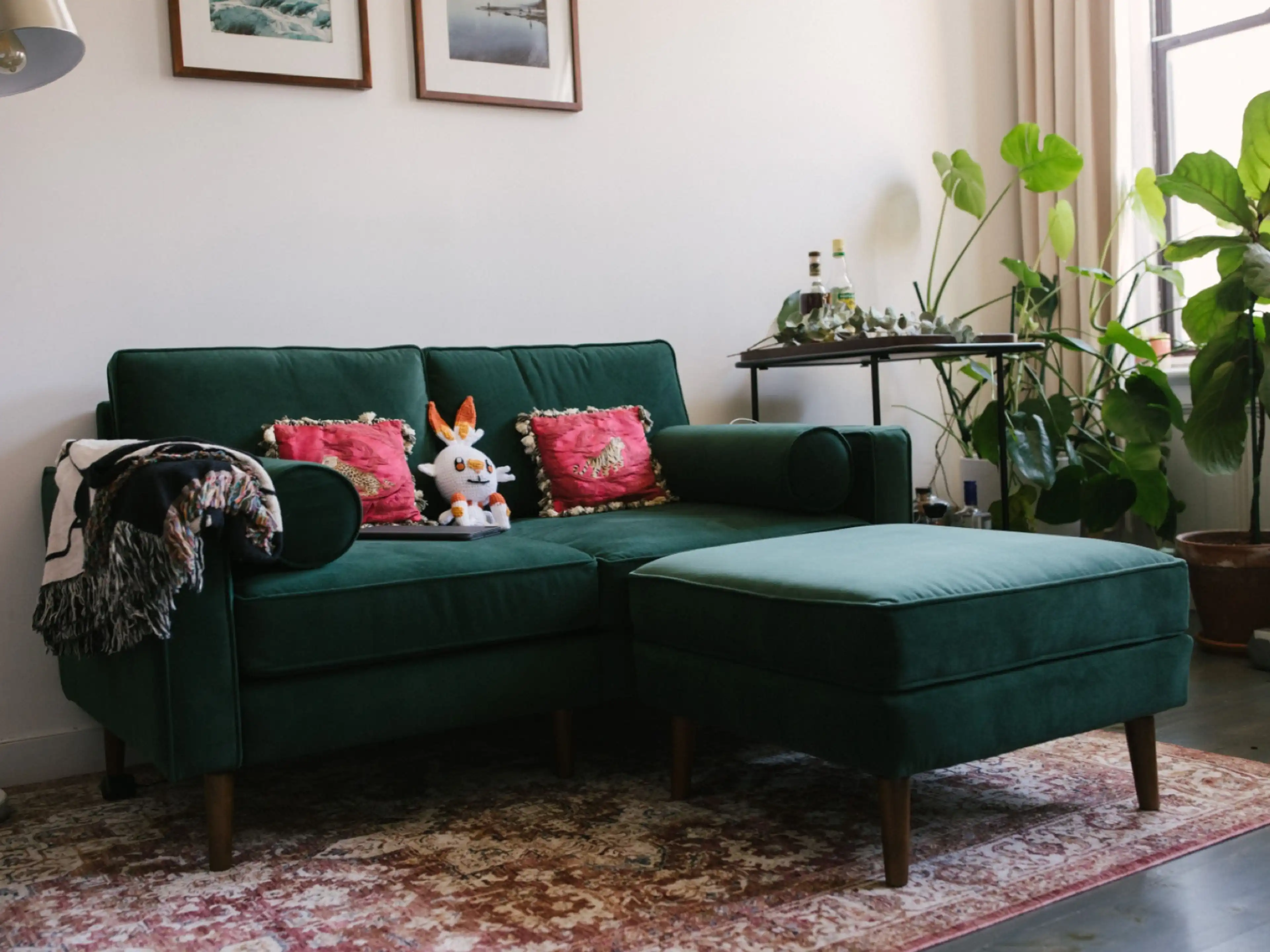
On home and travel
First, when we come out of the pandemic, I want to take a close look at my habits, to see what’s really important to me. But before, I would travel to Atlanta and the Bay Area once a year each, and then come down to Florida a couple times to see my mom, or at least find a way to have a project down here. But it would average to about a week and a half, two weeks out of each month, I would be away from home.
So, I’ve made my home even more relaxing. I take my home space really seriously — you’ve seen photos of it, that’s how my house looks all the time — I like to keep it really clean, really quiet. I like to have a place I can pace in, I’m a big phone pacer and I’m on a million calls a day, so I need to be able to walk. I like big, beautiful light and I like my plants to look like they’re naturally there. My home is a lot of things I learned from my mom: nobody wears shoes in my house — I can be really annoying about that — and everything is folded and placed properly.
One thing I think is cool about living in New York and about being under 35 in general, is that no one is like, ‘this is my living room set. This is my bedroom set.’ It's this weird mix of found things, purchased things, gifted things, and things from your neighbors or whatever. And so there's like kind of a cool entropy-esque style going on. I would describe my home space as somewhere where I can recuperate, but it has to be functional because I like to work in random areas every day. Like, I’m working on this couch today.
On the albums that got him through the last year
Because the Internet by Childish Gambino, Flower Boy by Tyler, the Creator, Blonde by Frank Ocean, and A Seat at the Table by Solange.
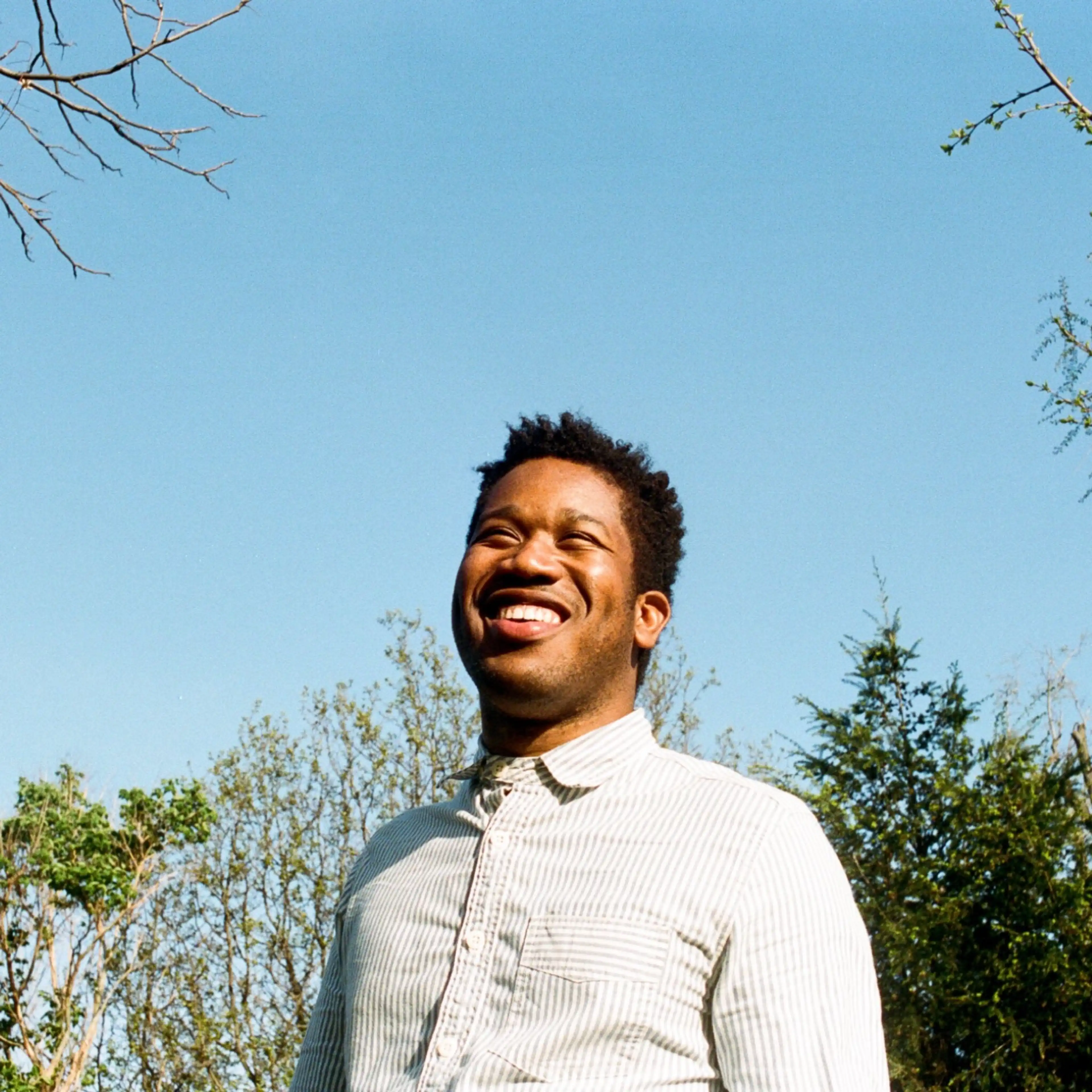
On the places he loves to take visitors in New York
I live in Bushwick, but only since recently. I’ve lived in Flushing, Queens, and then Park Slope, Clinton Hill, and Prospect Lefferts Gardens, and now Bushwick since-mid pandemic. And one place that has made it positive for me has been this taco truck, right off the Myrtle-Wyckoff stop, and I do not know what it’s called, but they are such kind people and sure make awesome food. I would say, not Maria Hernandez Park but Highland Park, is really beautiful, a little less populated, you can go on some nice, long walks over there. But all in all, Brooklyn is important to me. I love, love Prospect Park. Prospect Park, ride or die forever. It’s beautiful — and if you go to the Prospect-Lefferts side, you get to see Black Brooklyn, you know, island Brooklyn, and just appreciate it.
